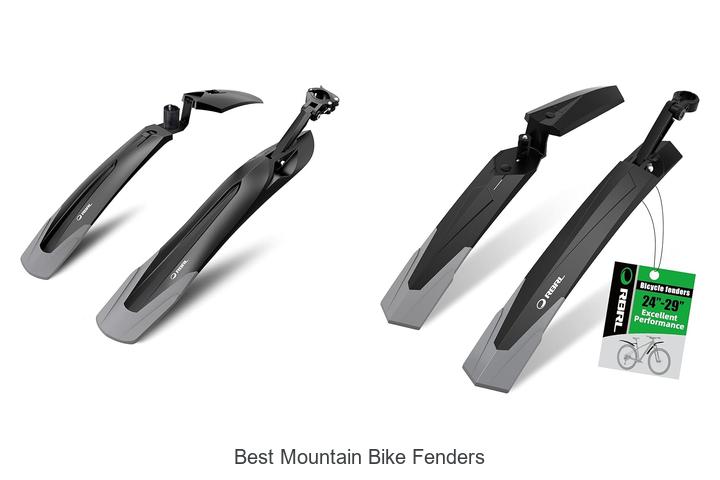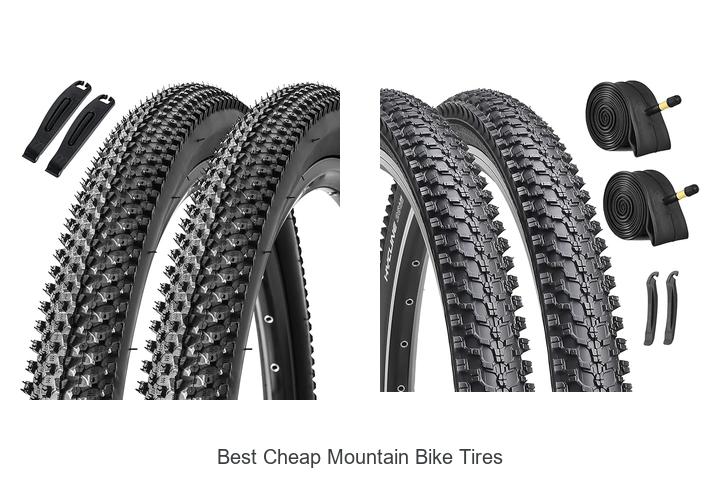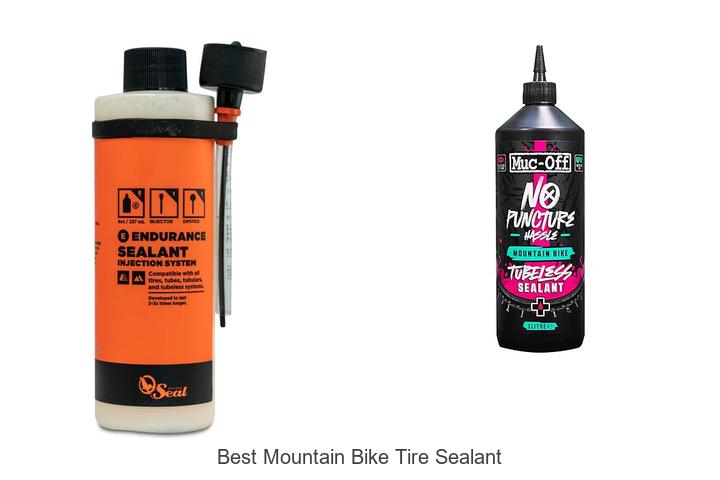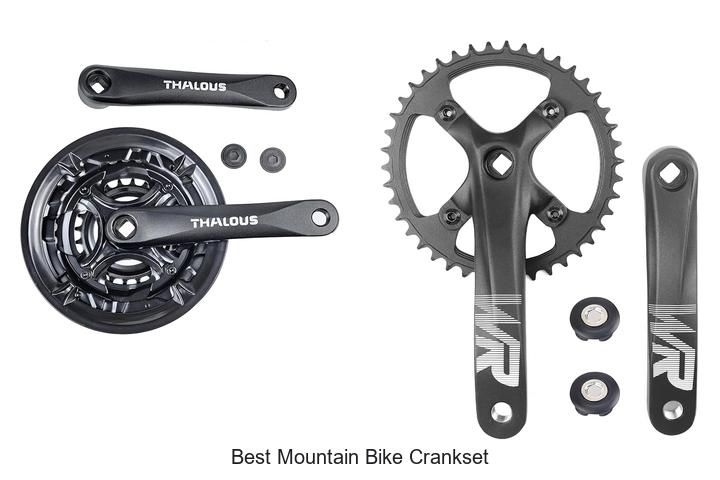What Is an Enduro Mountain Bike? Key Features Explained
Key Takeaways
- Enduro mountain bikes combine the durability of downhill bikes with the agility of cross-country bikes, ideal for rough trails and steep descents.
- Key features include 140mm to 170mm suspension travel, slack head tube angles (63°-66°), and tire sizes from 27.5 to 29 inches for enhanced control and traction.
- Compared to cross-country and downhill bikes, enduro bikes offer a balanced mix of climbing efficiency and descent stability, making them versatile for varied terrain.
- They excel in trail riding and enduro racing by providing smooth absorption on rough terrain and maintaining speed on technical climbs.
- When choosing an enduro bike, consider frame material, suspension travel, geometry, wheel size, and components to match your riding style and budget.
- Investing in quality suspension, drivetrain, brakes, and wheels ensures better performance, durability, and lower maintenance for demanding mountain biking conditions.
If you’re into mountain biking and looking for a bike that can handle rough trails and steep descents, an enduro mountain bike might be just what you need. Designed for aggressive riding, these bikes blend the best features of downhill and cross-country bikes to give you both speed and control.
Enduro bikes are built tough with strong frames and advanced suspension systems. Whether you’re climbing up challenging terrain or blasting down technical trails, an enduro bike offers the versatility to tackle it all. Understanding what makes these bikes unique can help you choose the right ride for your next adventure.
What Is An Enduro Mountain Bike?
An enduro mountain bike combines durability with agility to tackle varied terrain. You get a bike designed for steep descents and technical climbs without sacrificing speed or control. These bikes feature strong frames built from materials like aluminum or carbon fiber to withstand impacts. Suspension systems commonly include 140mm to 170mm of travel, offering smooth absorption on rough trails. Tire sizes typically range from 27.5 to 29 inches, balancing rollover efficiency and maneuverability. With geometry optimized for stability at high speeds and responsiveness in tight corners, enduro bikes excel in all-mountain riding conditions.
Key Features of Enduro Mountain Bikes
Enduro mountain bikes combine advanced components and design elements tailored for challenging terrain. You get equipment focused on both aggressive descents and efficient climbing.
Suspension and Travel
You find suspension travel in the range of 140mm to 170mm. This amount of travel absorbs impacts from roots, rocks, and drops without compromising pedaling efficiency. Suspension systems typically use durable air or coil shocks, with adjustable settings to match trail conditions and rider preferences.
Frame Geometry and Durability
You encounter frame geometries that prioritize stability and control at high speeds. Slack head tube angles between 63° and 66° improve handling on steep descents. Steep seat tube angles near 75° assist efficient climbing positions. Frames use strong materials like aluminum or carbon fiber for lightweight durability, designed to withstand repeated impacts and high stresses in technical terrain.
Tire Type and Size
You select tires sized between 27.5 and 29 inches to balance rollover capability and agility. Wider tire widths from 2.3 to 2.6 inches enhance traction and stability on loose surfaces. Tire tread patterns often combine aggressive knobs for cornering with faster-rolling center knobs to maintain speed on hardpack trails.
How Enduro Bikes Differ From Other Mountain Bikes
Enduro bikes blend traits from various mountain bike styles but maintain distinct characteristics. Understanding these differences helps you choose a bike that fits your riding style and terrain demands.
Comparison With Cross-Country Bikes
Enduro bikes feature longer suspension travel, typically 140mm to 170mm, compared to cross-country (XC) bikes that usually have 80mm to 120mm. This extra travel improves impact absorption on rough descents but adds weight, making enduro bikes less efficient for long climbs than XC models. Enduro frames have slacker head tube angles around 65° to 66° for stability at high speeds, whereas XC bikes hold steeper angles near 69° to 71° for quick handling. Tire widths on enduro bikes range from 2.3 to 2.5 inches, providing better traction and control on technical terrain; XC bikes use narrower tires, usually 1.9 to 2.25 inches, for speed on smoother trails.
Differences From Downhill Bikes
Enduro bikes employ less suspension travel than downhill (DH) bikes, with 140mm to 170mm versus 200mm or more on DH bikes. This makes enduro bikes lighter and more versatile for climbing, unlike DH bikes that prioritize descending performance and are often impractical uphill. Enduro geometry balances descent stability and climbing efficiency; DH bikes feature extremely slack head angles near 62° and longer wheelbases that limit maneuverability outside downhill runs. Enduro frames are robust but designed for trail riding diversity, while DH frames sacrifice pedaling efficiency for maximum strength and impact resistance. Tire widths on enduro bikes fall between 2.3 and 2.5 inches, narrower than DH tires, which often exceed 2.5 inches to handle extreme descent conditions.
Typical Use Cases for Enduro Mountain Bikes
Enduro mountain bikes excel in demanding riding environments where both climbing efficiency and downhill control matter. They fit specific use cases, making them a versatile choice for riders tackling varied terrain.
Trail Riding
You rely on an enduro bike’s balanced design when riding technical trails that mix climbs with steep descents. Its 140mm to 170mm suspension travel absorbs bumps and rocks, keeping your ride smooth and controlled. The slack head tube angle enhances stability on fast, rough sections, while the steep seat tube angle helps maintain pedaling power uphill. Wider tires deliver traction on loose dirt and roots, giving you confidence in diverse trail conditions.
Enduro Racing
You benefit from an enduro bike’s robust frame and advanced suspension in timed enduro races that combine uphill stages with aggressive downhill runs. The bike’s geometry supports quick descents without sacrificing climbing capability, enabling you to conserve energy for mixed stages. Tire choices and locking suspension features optimize speed and efficiency, allowing precise handling and quicker times across rugged race courses.
Choosing the Right Enduro Mountain Bike for You
Selecting an enduro mountain bike demands attention to key factors that influence performance and satisfaction. Understanding important considerations and balancing budget with components ensures a suitable match for your riding style.
Important Considerations
Evaluate frame material, suspension travel, and geometry based on the terrain you ride most often. Choose aluminum for durability and affordability or carbon fiber for lightweight performance. Opt for suspension travel between 140mm and 170mm to balance climbing efficiency with downhill control. Prioritize slacker head tube angles (65° to 66°) for stability on descents and sufficient seat tube angles for effective climbing. Consider wheel size; 27.5-inch wheels offer increased maneuverability on tight trails, while 29-inch wheels improve rollover on rough terrain. Also, inspect tire width and tread patterns to match trail conditions, choosing wider tires for added traction.
Budget and Components
Allocate your budget to components that directly affect ride quality and durability. Invest in a reliable suspension system with adjustable settings for different trail demands. Select drivetrain systems with wide gear ranges for seamless climbing and descending. Choose hydraulic disc brakes for consistent stopping power in varied weather and trail conditions. Evaluate wheelsets that balance weight and strength; tubeless-ready rims reduce flats and lower rolling resistance. Prioritize brands and components known for durability to minimize maintenance and replacements. Balance cost with performance features to create an enduro bike tailored to your riding goals.
Conclusion
Choosing an enduro mountain bike means gearing up for versatility and performance on varied terrain. Whether you’re tackling steep climbs or fast descents, these bikes offer the balance you need to ride confidently and efficiently.
By understanding what makes enduro bikes unique, you can pick the right features that match your style and trail preferences. Investing in a quality bike tailored to your goals ensures you get the most out of every ride, pushing your limits while staying in control.




